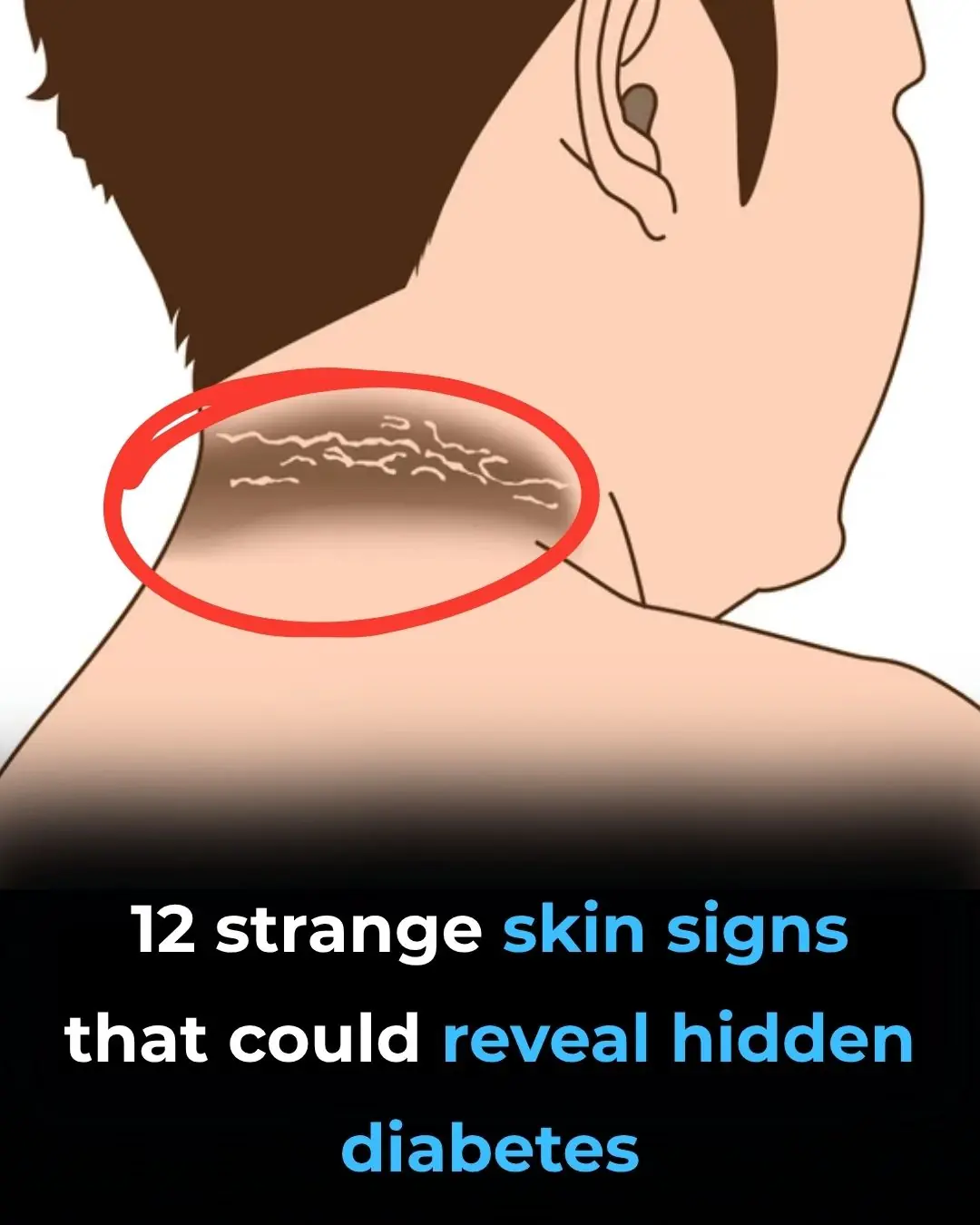
White Bumps on Your Face Don’t Try to Remove Them
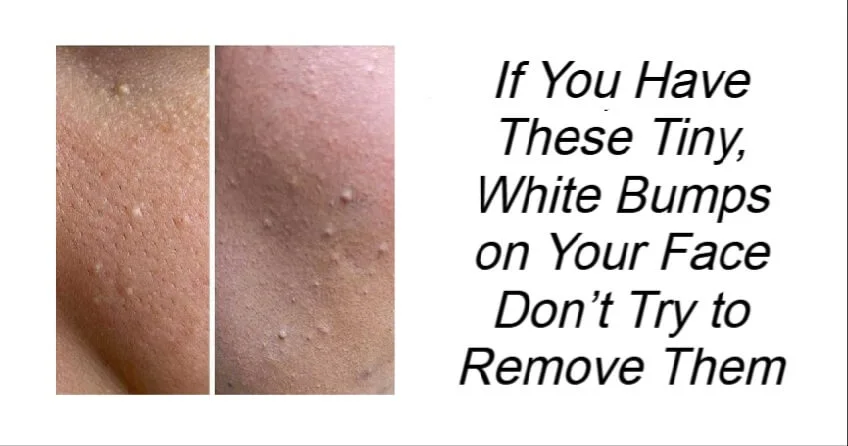
Have you ever noticed tiny white or yellowish bumps on your skin, especially around your nose, cheeks, or under your eyes? While they might resemble pimples or clogged pores, these small blemishes often don’t respond to typical acne treatments, which can make them especially frustrating.
Understanding what these bumps really are is the first step to treating them properly—and avoiding unnecessary irritation or scarring.
What Are These Tiny Bumps?
In most cases, these bumps are called milia (singular: milium). Milia are small, keratin-filled cysts that develop just beneath the surface of the skin. They typically appear as firm, dome-shaped white or yellowish spots, usually measuring 1–2 millimeters in size. They’re not red, inflamed, or painful, and they don’t contain pus.
Unlike pimples or whiteheads, milia:
-
Don’t form due to oil, bacteria, or clogged pores
-
Aren’t a sign of infection or poor hygiene
-
Usually lack an opening, making them nearly impossible to squeeze or pop
Milia form when dead skin cells or keratin (a natural protein in the skin) become trapped under the surface, often in areas where the skin is thinner or more delicate.
Should You Be Concerned About Milia?
✅ 1. They’re Harmless—but Can Be Stubborn
The good news is that milia are completely benign. They pose no medical risk, don’t spread like acne, and are not contagious. However, they can be cosmetically bothersome, especially when they cluster around the eyes or appear in visible areas.
😣 2. They May Linger Without Proper Treatment
While some milia resolve on their own over time, others can persist for months or even longer if not treated. They’re often resistant to over-the-counter acne products, leading many people to feel stuck or confused about how to get rid of them.
⚠️ 3. Rarely a Sign of an Underlying Condition
In some uncommon cases, a sudden outbreak of numerous milia, especially in adults, can be associated with:
-
Skin trauma (like burns or laser treatments)
-
Use of heavy steroid creams or certain medications
-
Underlying dermatological conditions, such as genodermatoses or blistering disorders
If you're seeing rapidly spreading bumps, or they appear in unusual locations like the torso or limbs, it’s best to consult a dermatologist for evaluation.
How to Safely Get Rid of Milia
Treating milia requires patience and the right approach. Here are effective ways to address them:
🧴 1. Professional Extraction
The fastest and safest method for removing milia is through manual extraction by a dermatologist or licensed esthetician. Using a sterile needle or blade, they gently open the skin and remove the keratin buildup—without causing damage or infection.
⚠️ Do not try to pop milia at home, as this can lead to scarring or skin trauma.
💊 2. Prescription Retinoids
Topical retinoids (such as tretinoin or adapalene) are vitamin A derivatives that promote cell turnover and help prevent dead skin buildup. They work over time to bring the trapped keratin to the surface.
Retinoids can be particularly effective for:
-
People with recurring milia
-
Treating larger areas, like the forehead or cheeks
-
Preventing future bumps from forming
Note: Retinoids can cause dryness or irritation, especially on sensitive skin, so always follow your dermatologist’s instructions and use sun protection.
🌿 3. Over-the-Counter Exfoliants
Gentle exfoliation can help clear dead skin cells and prevent buildup. Look for products containing:
-
AHAs (e.g., glycolic acid, lactic acid)
-
BHAs (e.g., salicylic acid)
These chemical exfoliants promote skin renewal and can help reduce existing milia while also preventing new ones from forming.
💡 Start with low concentrations and avoid over-exfoliating, which can irritate the skin and worsen the condition.
🧖♀️ 4. Gentle At-Home Care
While home remedies won't remove milia overnight, they can support healthier skin and reduce recurrence:
-
Use a warm compress to soften the skin and promote natural drainage
-
Wash with a mild, non-stripping cleanser
-
Avoid harsh physical scrubs, which can damage skin and push keratin deeper
-
Keep the skin hydrated but not overloaded with heavy creams
Consistency is key—gentle, daily care can go a long way in preventing buildup that leads to milia.
🚫 5. Avoid Heavy or Occlusive Skincare Products
Milia often form when thick, pore-clogging products sit on the skin’s surface and prevent natural exfoliation.
Avoid:
-
Rich night creams and heavy eye creams
-
Petroleum-based products
-
Oily sunscreens or makeup labeled as comedogenic
Instead, look for:
✔ Non-comedogenic
✔ Lightweight formulas
✔ Gel-based moisturizers
Final Thoughts: Be Patient, Be Gentle
Milia may be small, but they can be surprisingly persistent. The key is to avoid picking or squeezing them, and instead focus on consistent, gentle skincare that promotes healthy cell turnover.
If your bumps aren’t going away—or if you’re unsure whether what you’re seeing is actually milia—see a dermatologist. They can offer personalized advice, safe removal, and treatment options that are more effective than anything you’ll find in the drugstore.
Remember:
Clear skin takes time, but with the right approach, you can manage milia and keep your skin looking smooth, healthy, and radiant.
News in the same category

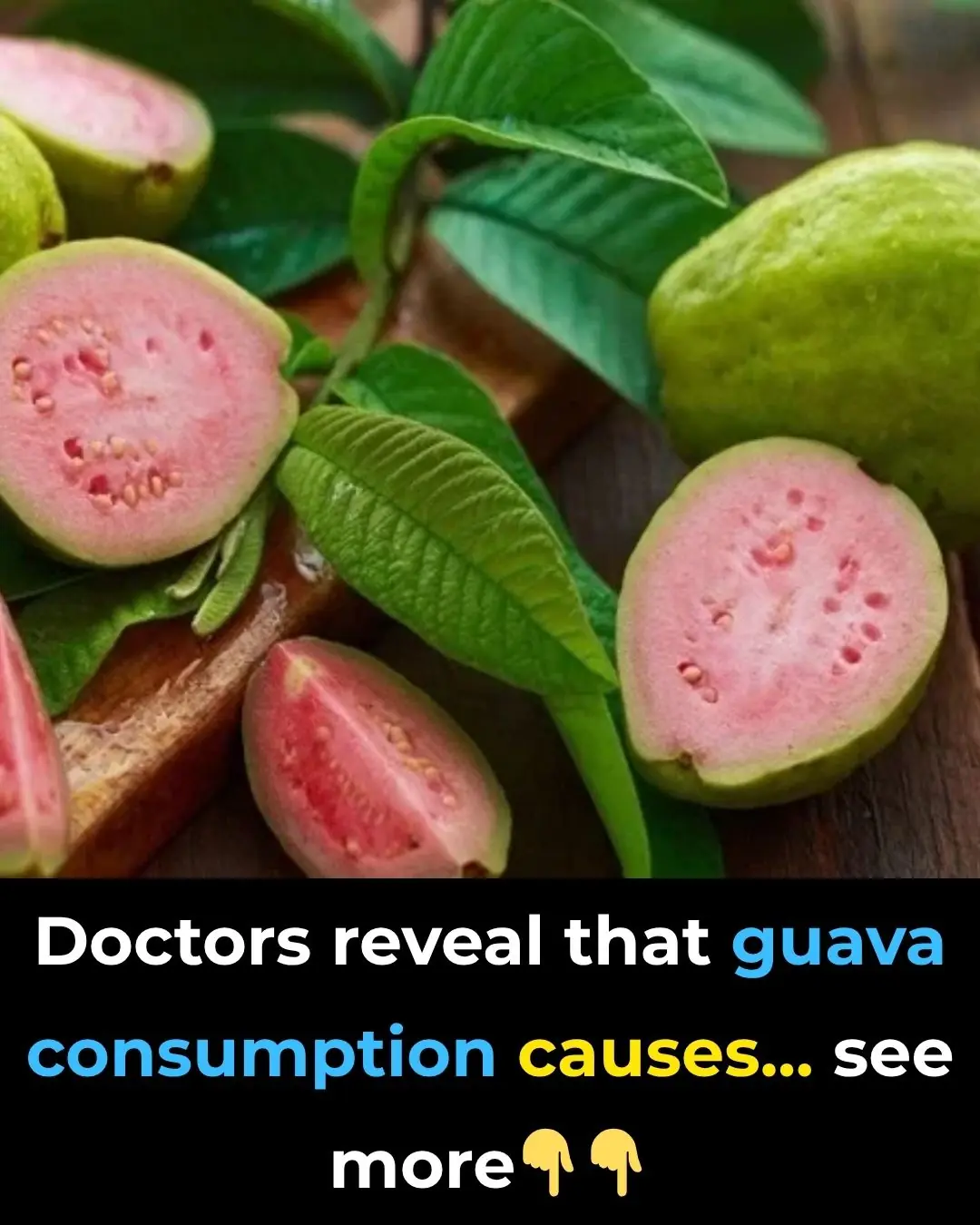
Doctors REVEAL that guava leaf tea causes in...
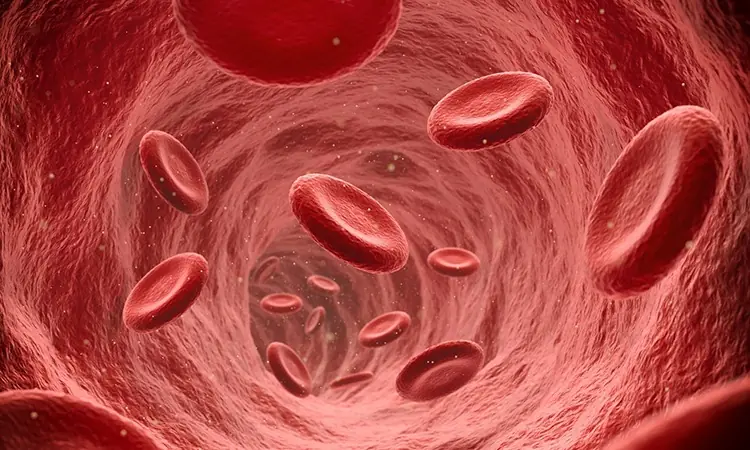
Simple Ways to Lower Cholesterol Naturally

10 Simple Lifestyle Changes That Drastically Reduce Your Stroke Risk

Ginger and Red Date Tea: The 97-Year-Old Grandma’s Secret Longevity Drink
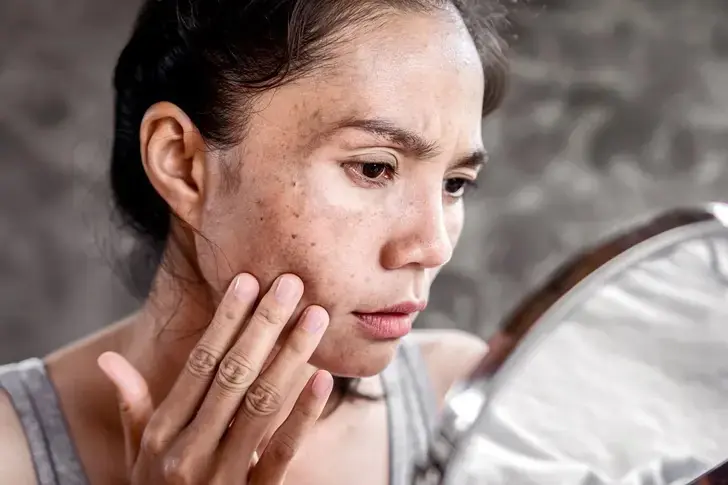
How to Remove Age Spots Naturally with Lemon Juice
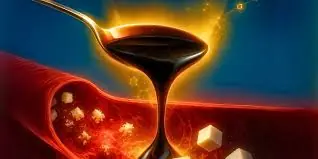
Molasses Stops Insulin Resistance Almost Immediately — Here's How to Use It
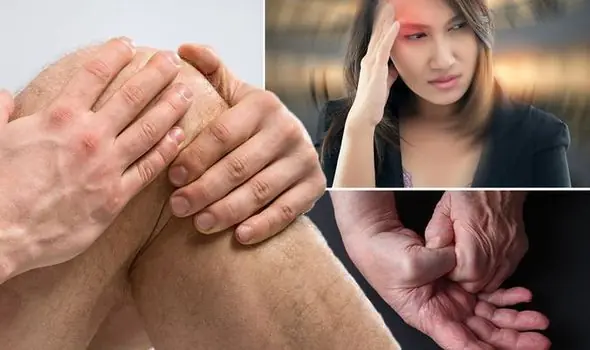
15 Silent Signs You’re Dangerously Low on Vitamin B12

The Potassium Powerhouse: What Eating Bananas Daily Does to Your Blood Pressure
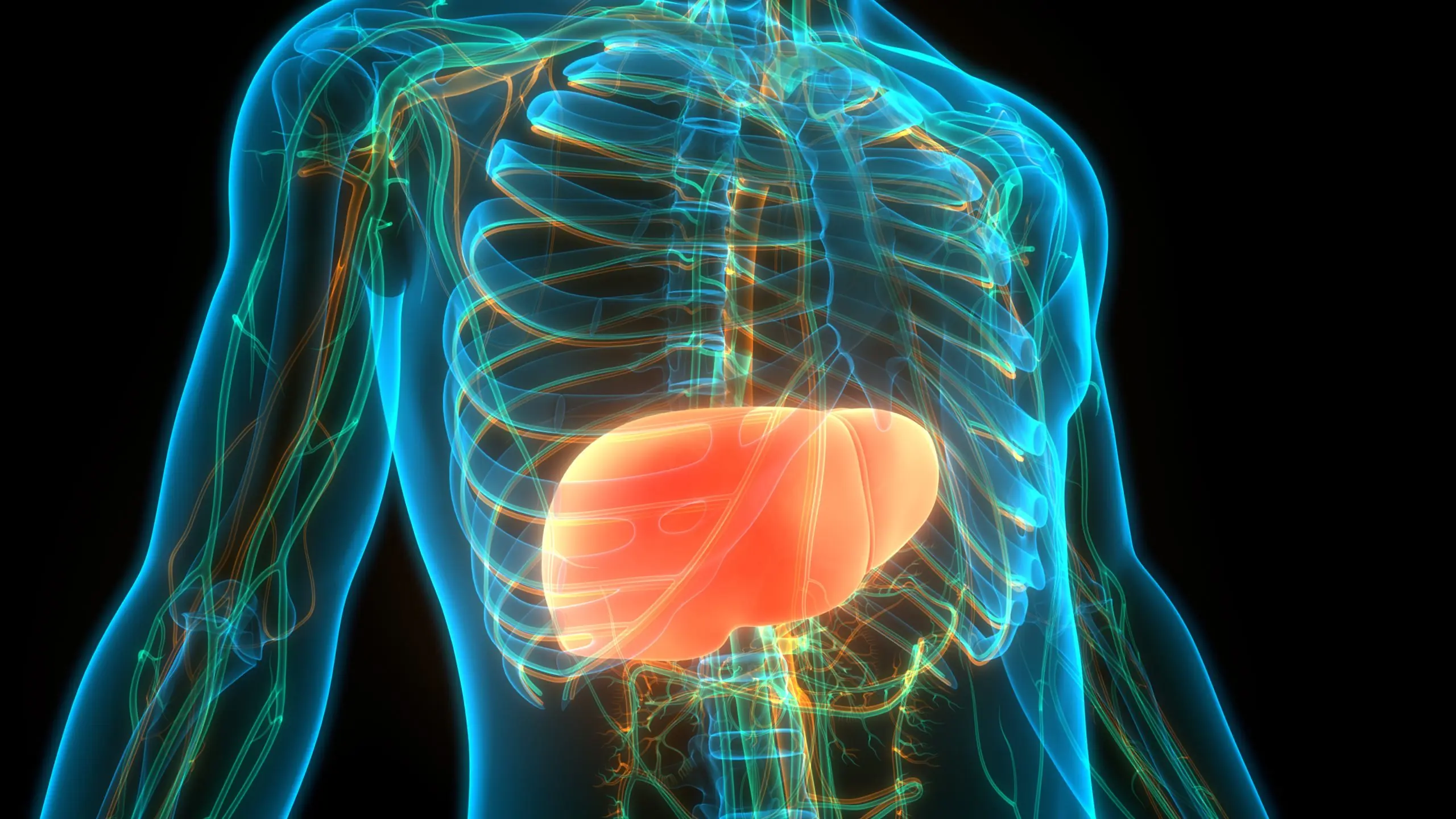
A Powerful Two-Ingredient Mixture for Cleansing Your Liver
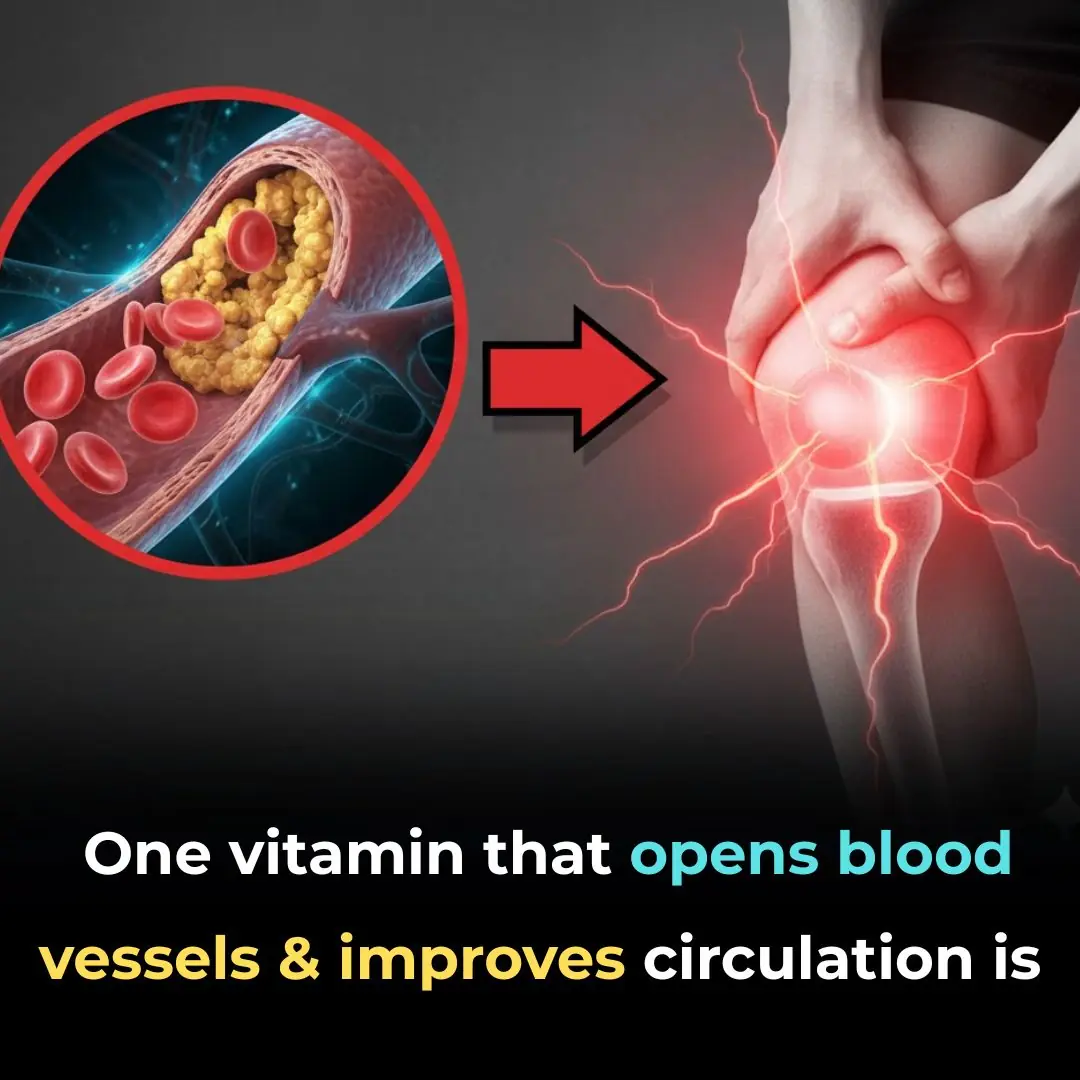
One Vitamin That Could Transform Your Circulation
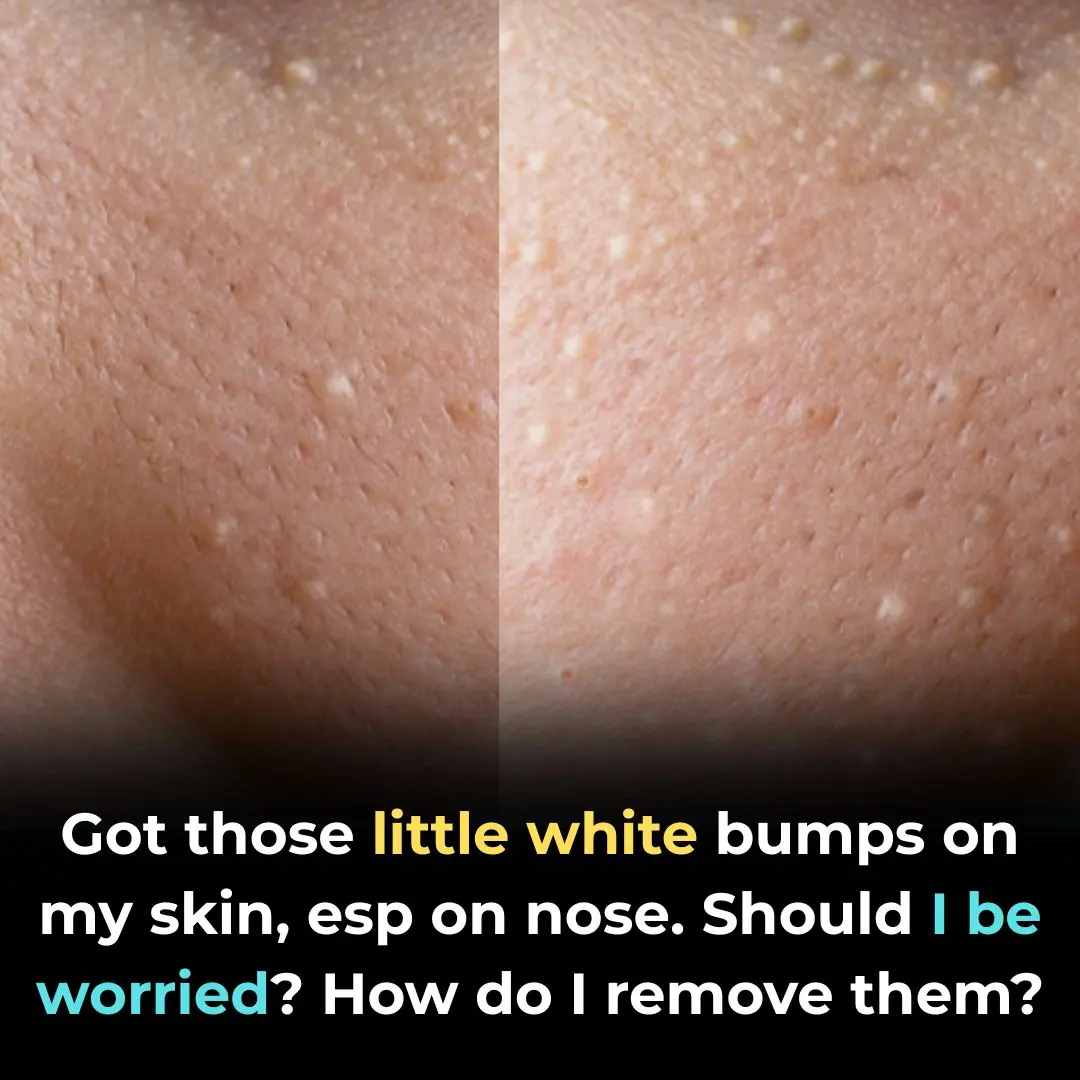
White Bumps on Your Face Don’t Try to Remove Them
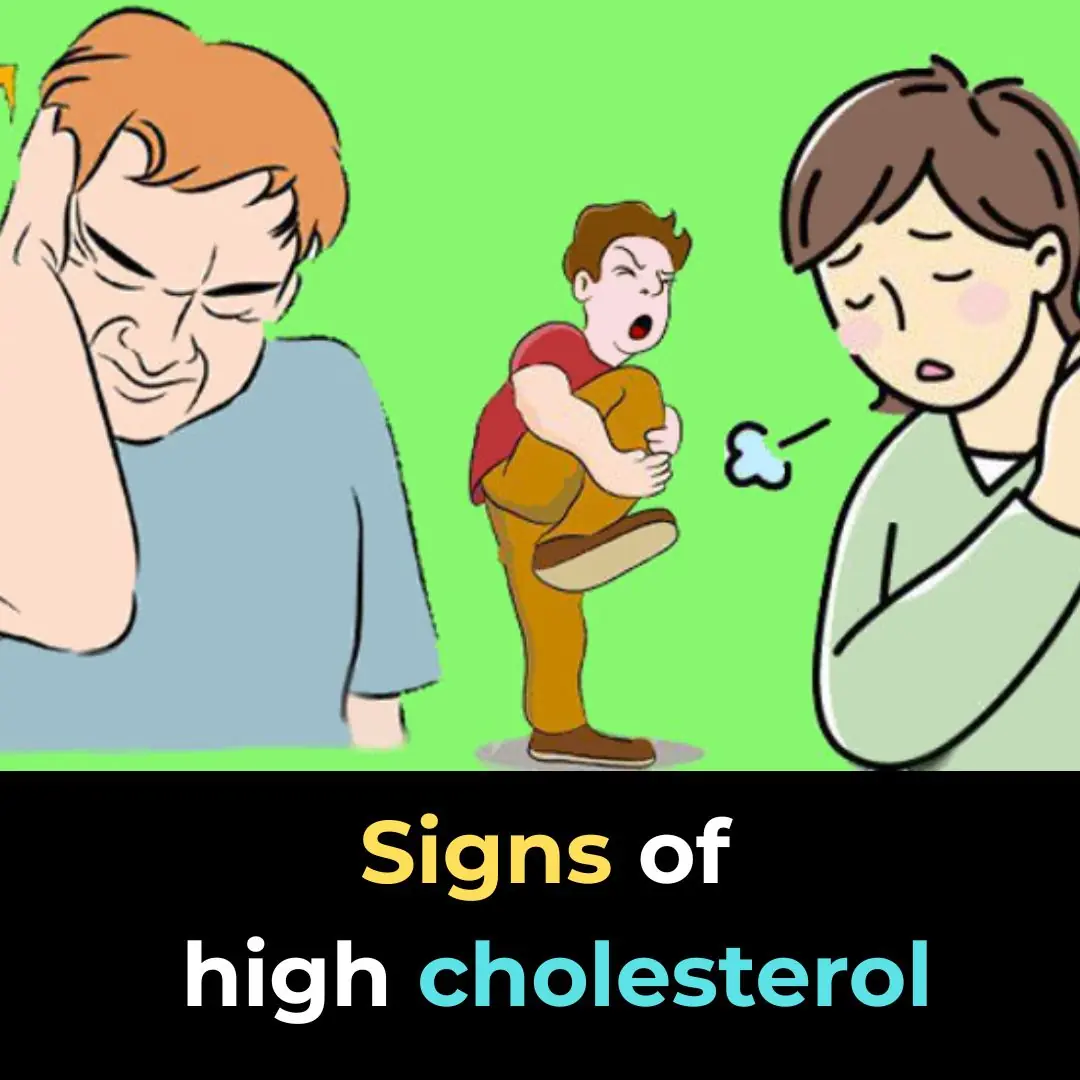
Signs and Symptoms That May Indicate High Cholesterol Levels
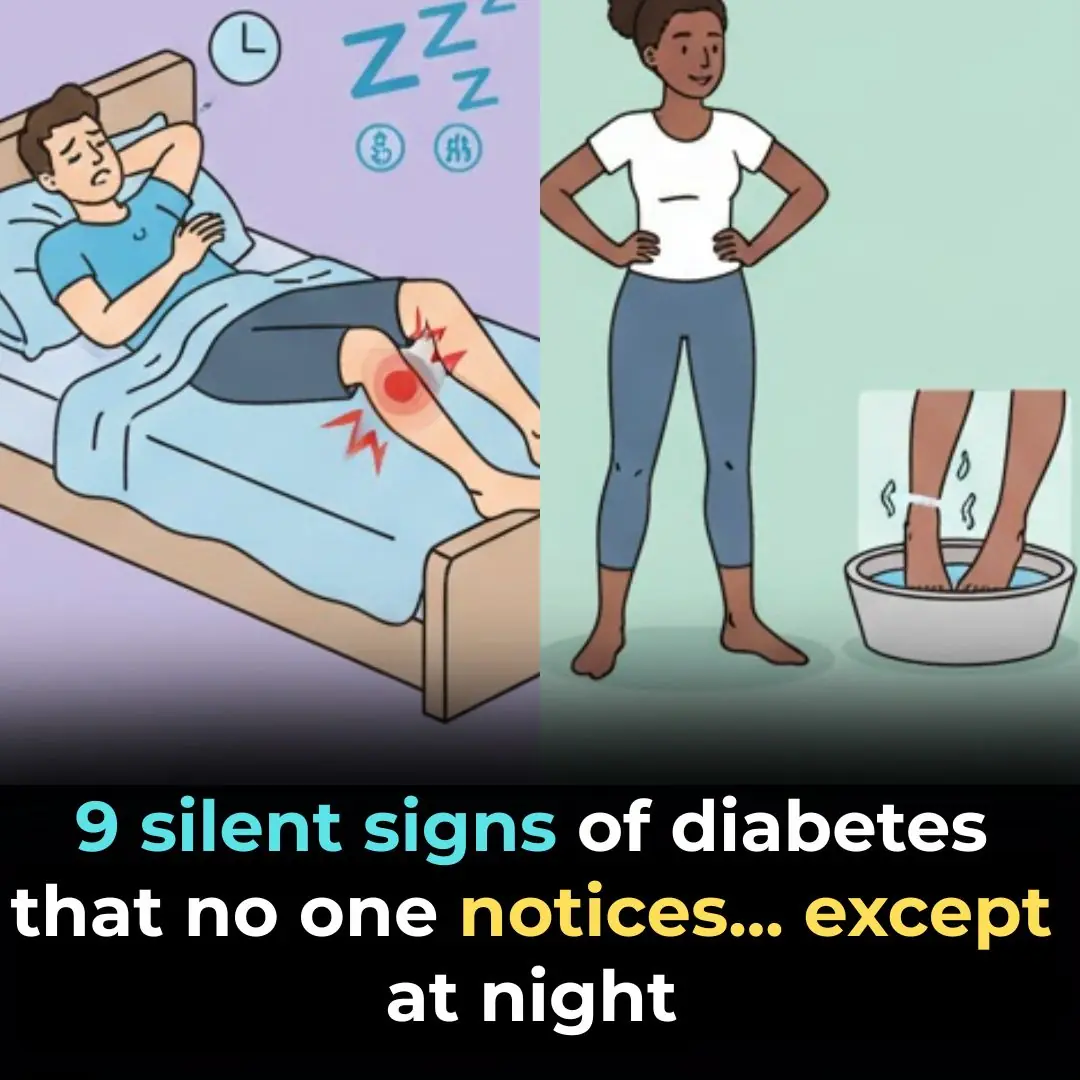
9 Signs of Diabetes That Appear at Night: What You Need to Know!
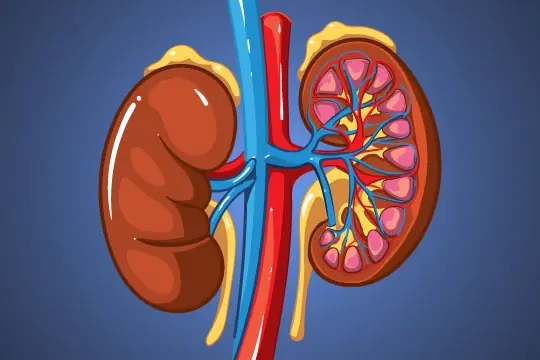
Healing Kidneys Naturally with Herbal Leaves: Supportive Strategies
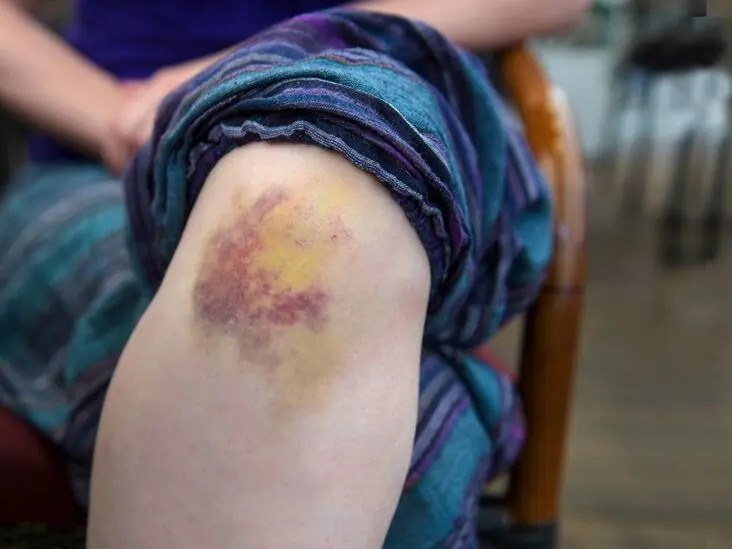
If Bruises Keep Showing Up Out Of Nowhere This Is What It Means for Your Health
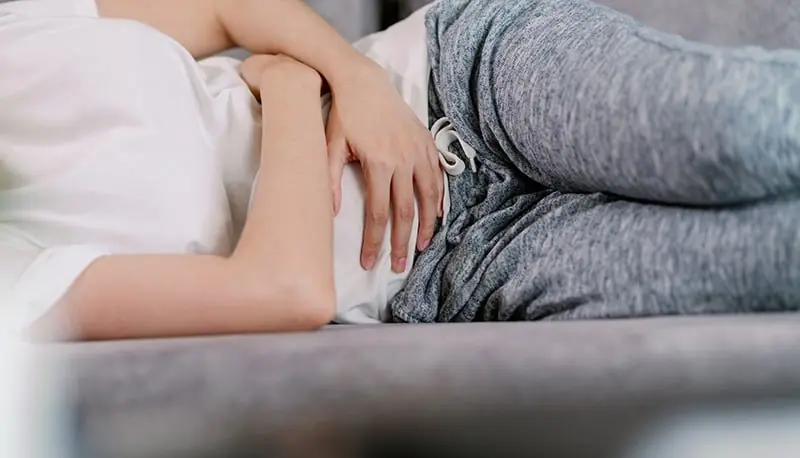
8 EARLY WARNING SIGNS OF OVARIAN CANCER WOMEN SHOULD NEVER IGNORE THESE
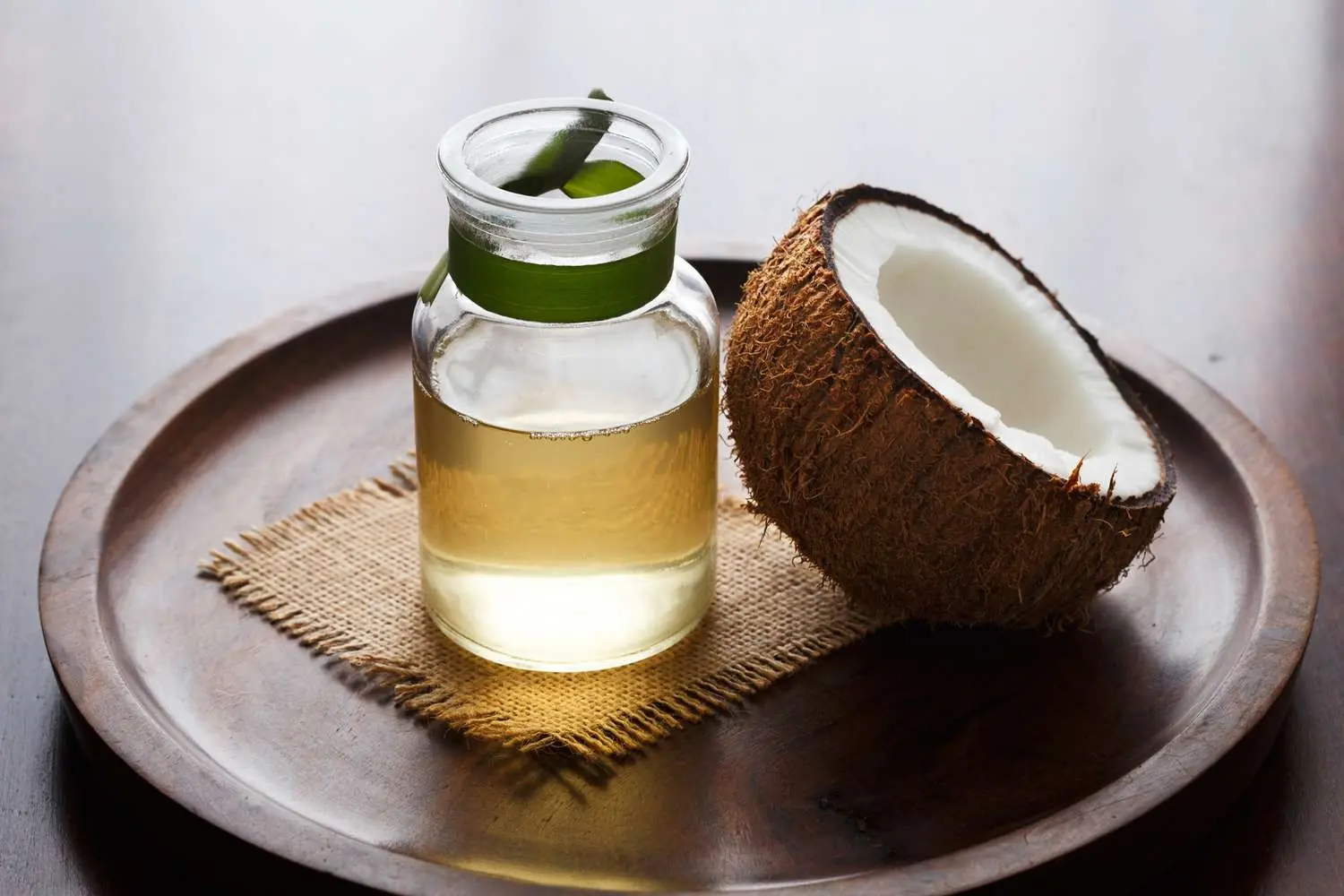
6 Ways Coconut Oil Can Benefit Those With Thyroid Problems

Top 5 Drinks To Improve Vision Naturally (Science-Backed)
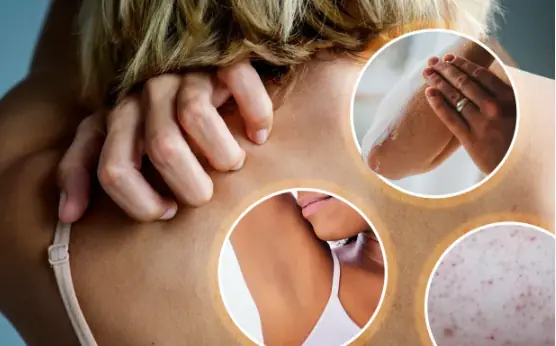
12 Surprising Skin Changes That May Signal Diabetes (A Must-Know Guide)
News Post

Pick your wing to reveal who your guardian angel is
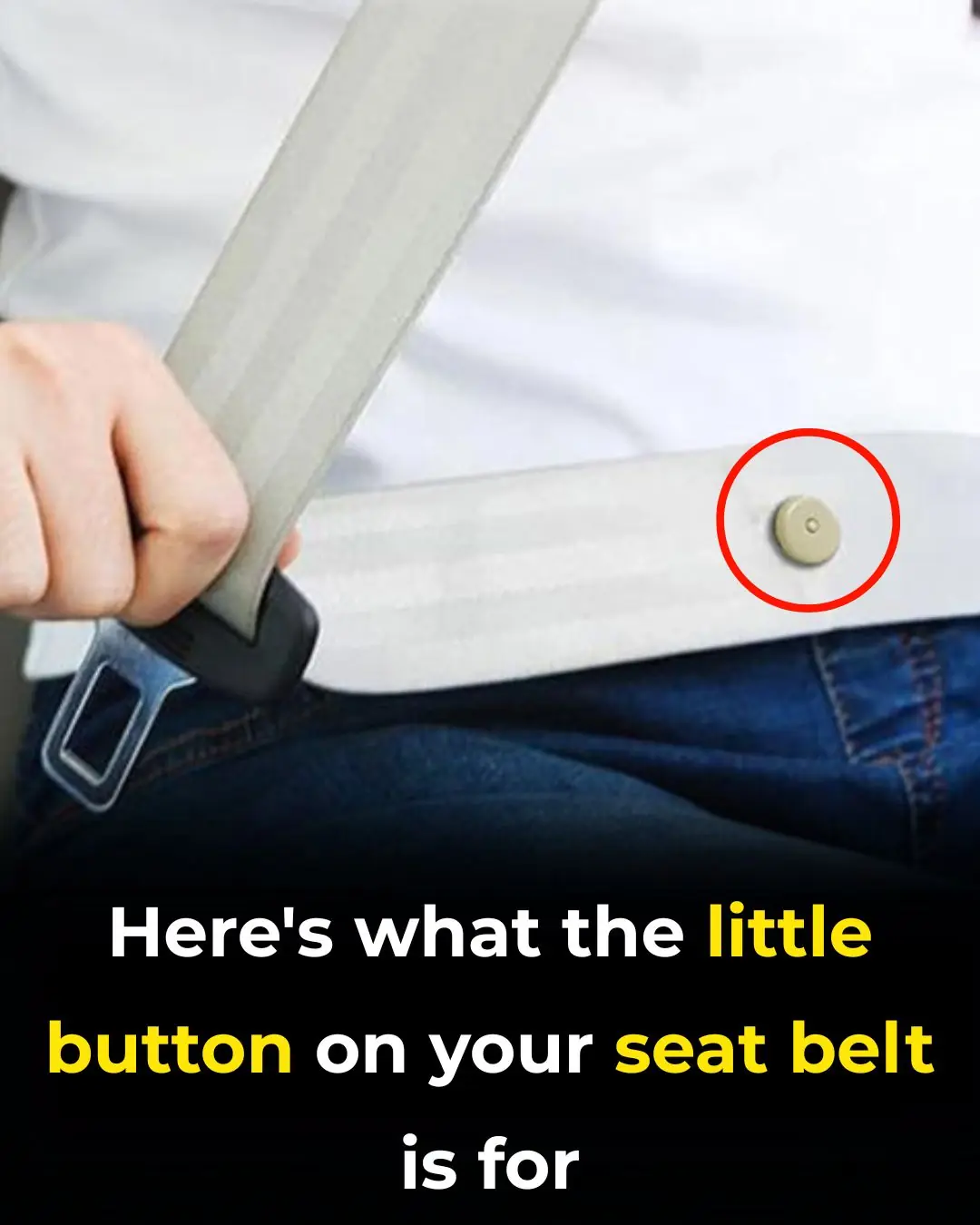
Little Button on Your Seat Belt
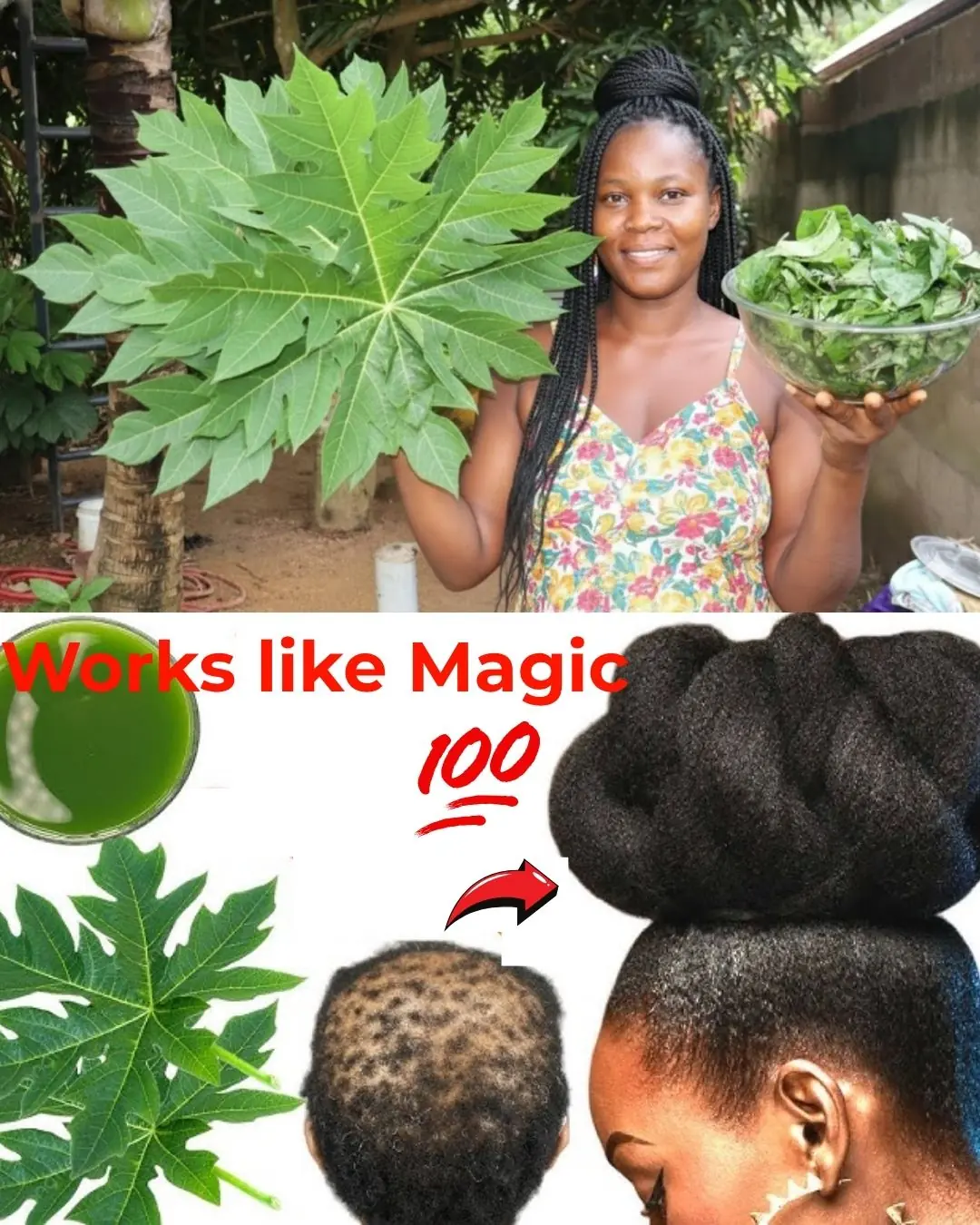
Papaya Leaves: Do Not Make This Hair Treatment if You’re Not Ready for Extreme Hair Growth

Kylie Kelce has the best reaction to Taylor Swift’s raunchy ‘Wood’ song about brother-in-law Travis
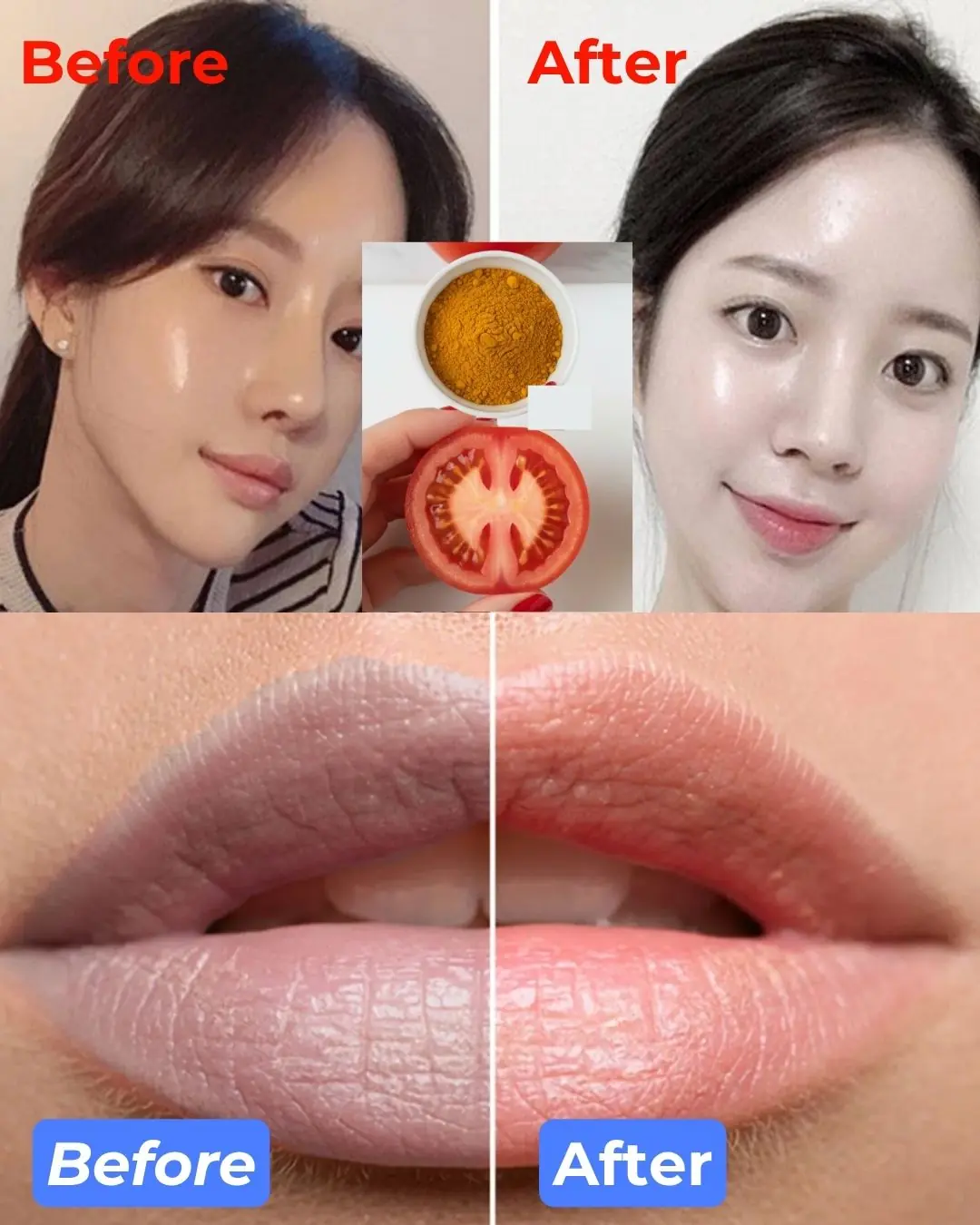
DIY Tomato and Turmeric Cream for Glowing Skin and Pink Lips

50 Cent's extreme body transformation left people questioning whether it was actually real

NASA astronaut going to the Moon next year reveals bizarre act he plans to do moments before takeoff

12 Weird Diabetes Skin Problems You Need To Know

Doctors REVEAL that guava leaf tea causes in...

Simple Ways to Lower Cholesterol Naturally

The Greyhound and the Rabbit: An Unlikely Pair That Proved Love Has No Boundaries

10 Simple Lifestyle Changes That Drastically Reduce Your Stroke Risk

How the sandstone pillars of Monument Valley were actually formed

Four Boys, One Dog, Endless Courage
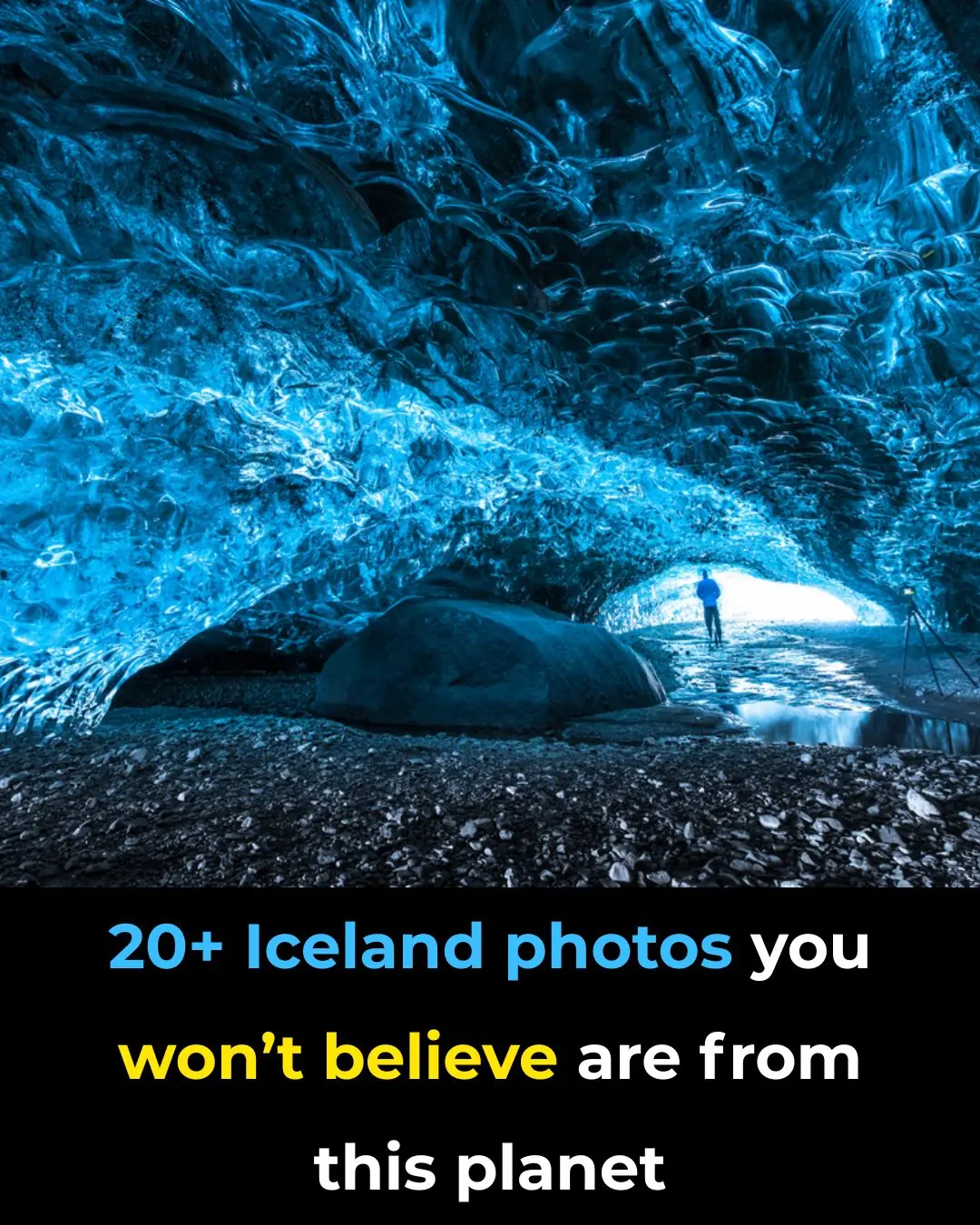
20+ Iceland Photos You Won’t Believe Are From This Planet
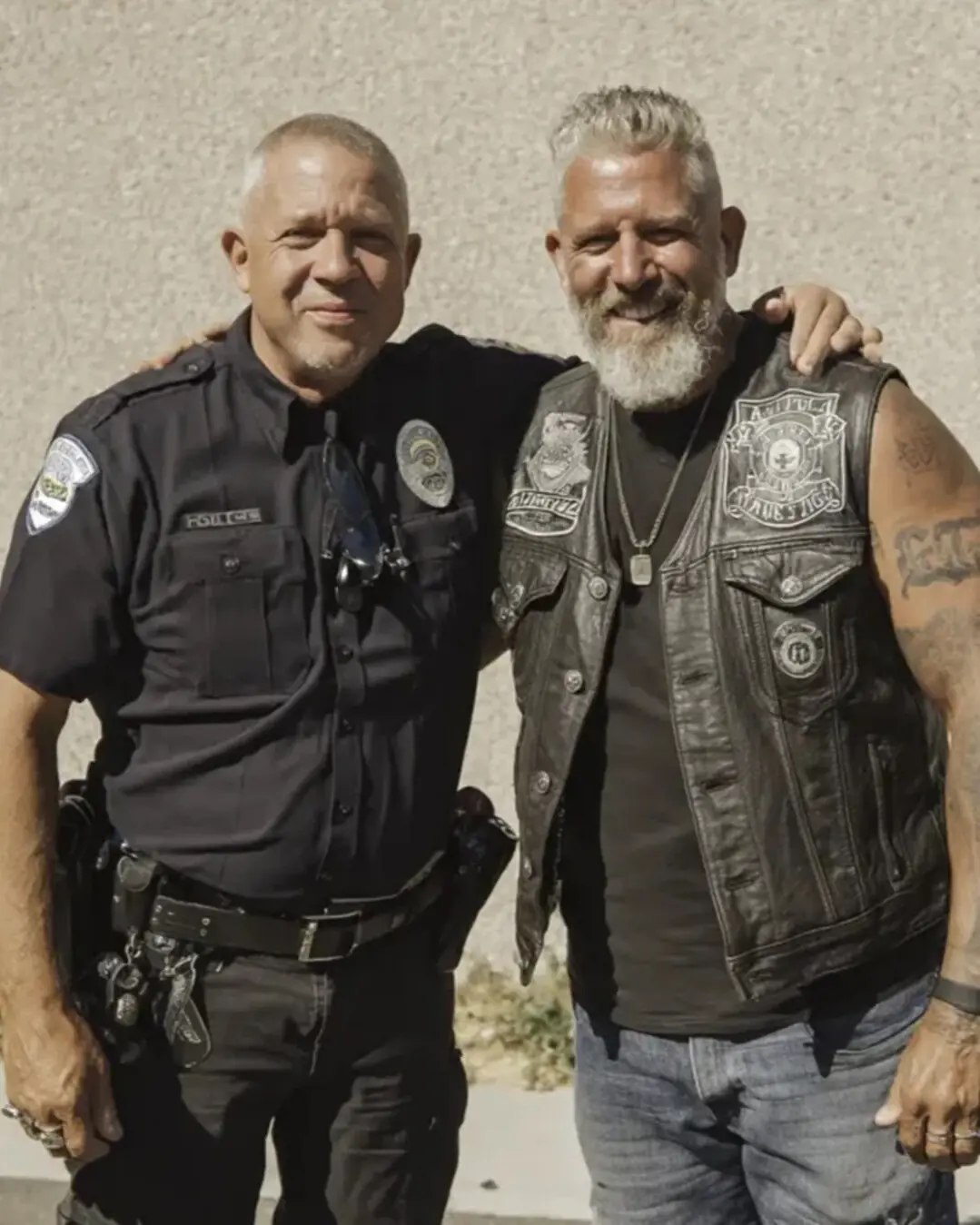
The Cop Who Fixed a Taillight and Lost Everything.

Ginger and Red Date Tea: The 97-Year-Old Grandma’s Secret Longevity Drink

The Tragic Loss of US Navy Sailor Jose Rivera Lynch.
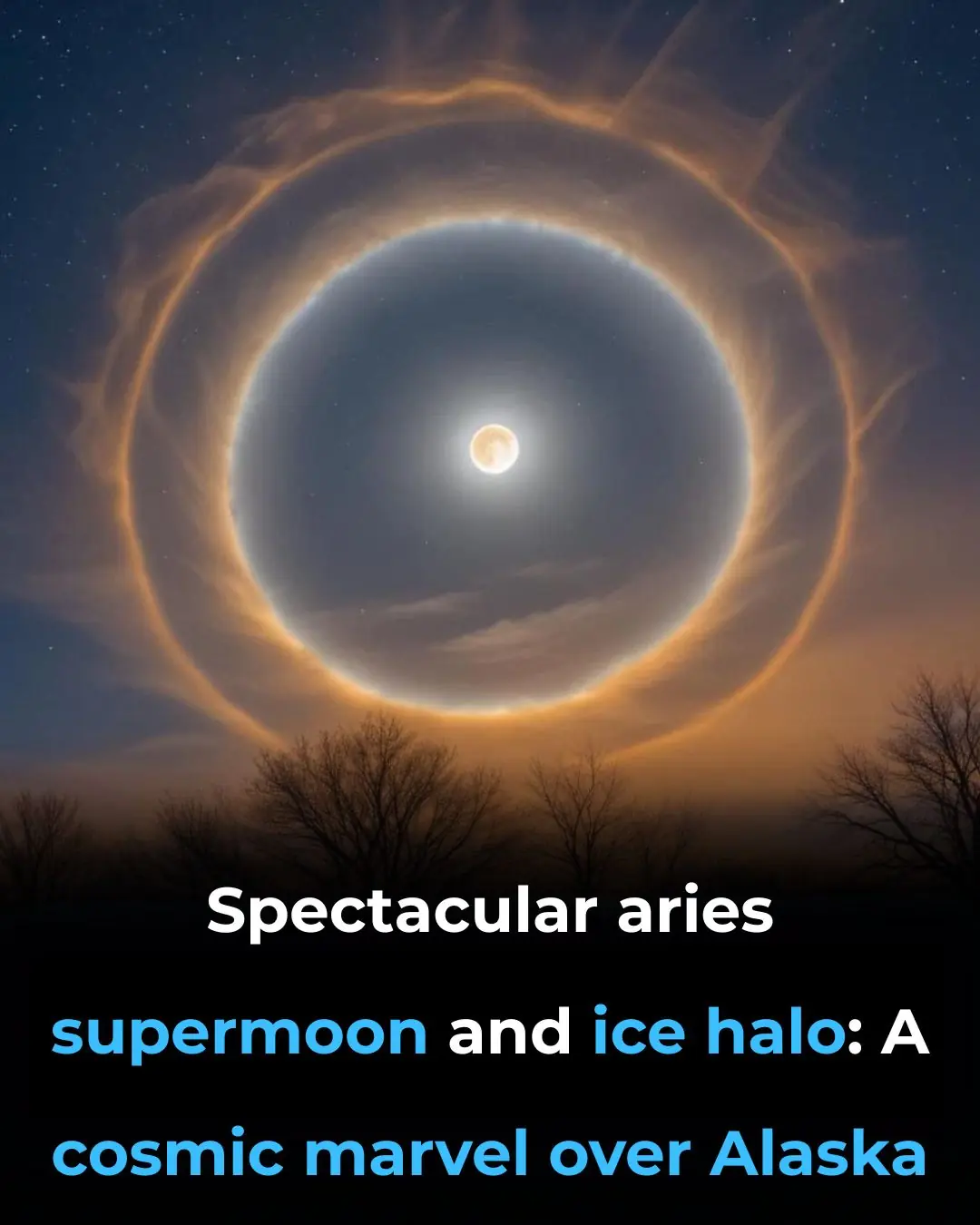
Spectacular Aries Supermoon and Ice Halo: A Cosmic Marvel Over Alaska
